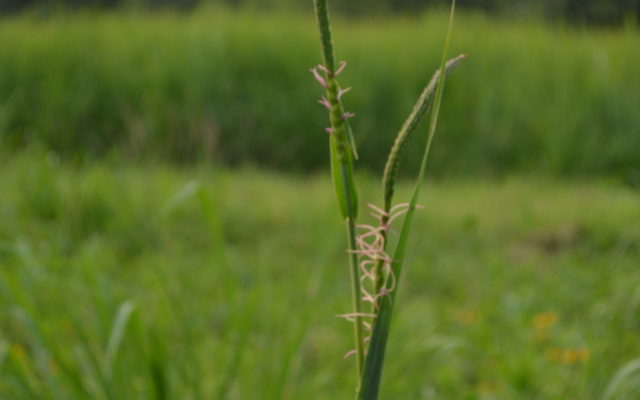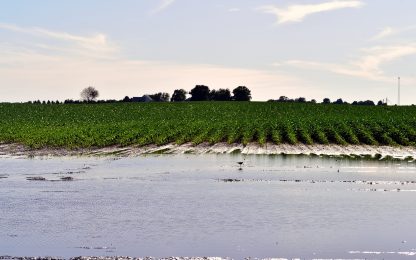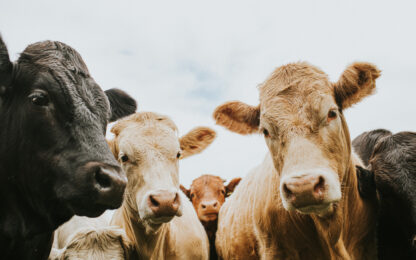Establishing A Native Warm Season Grass Pasture

Livestock producers seeking a more nourishing and less troublesome alternative to Kentucky-31 fescue and other plants are being encouraged by several state agencies to convert some of their fields to native warm season grasses. University of Missouri Extension and the Missouri Department of Conservation teamed up to convert a test plot of grass on the edge of Sedalia’s State Fair Community College campus in May 2020, replacing over an acre of Johnson grass with six different warm season grasses. Extension livestock specialist Gene Schmitz says seeds need to be just a quarter-inch deep in order for them to take root and sprout.
Schmitz said the herbicide applications did not relieve all the broadleaf weed pressure, so he turned to another tool.
University of Missouri Extension livestock specialist Gene Schmitz says native warm season grasses can develop roots at least six feet deep within months of planting, allowing the plant to draw nutrients from deep in the soil. Warm season grasses including big bluestem, little bluestem, and sideoats grama can be grazed on during the summer months, but should retain at least eight inches of height from the ground to allow for regrowth. Schmitz says cattle should be moved to cool season grasses in September to give the warmer grasses time to recover and store nutrients for the winter.
Guides on native warm season grasses are available through the University of Tennessee Extension’s Center for Native Grasslands Management.






